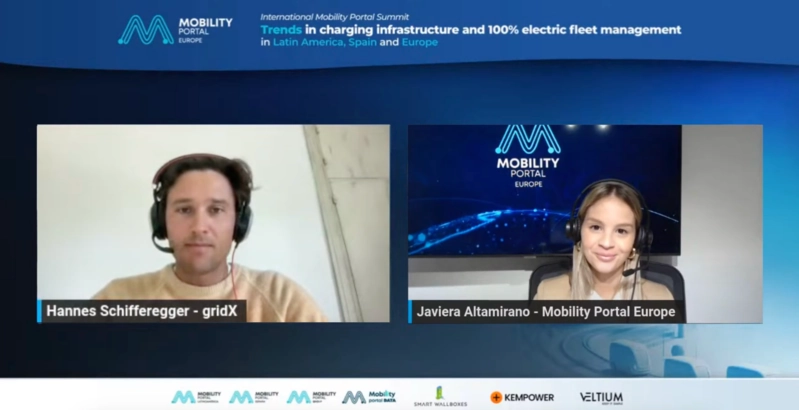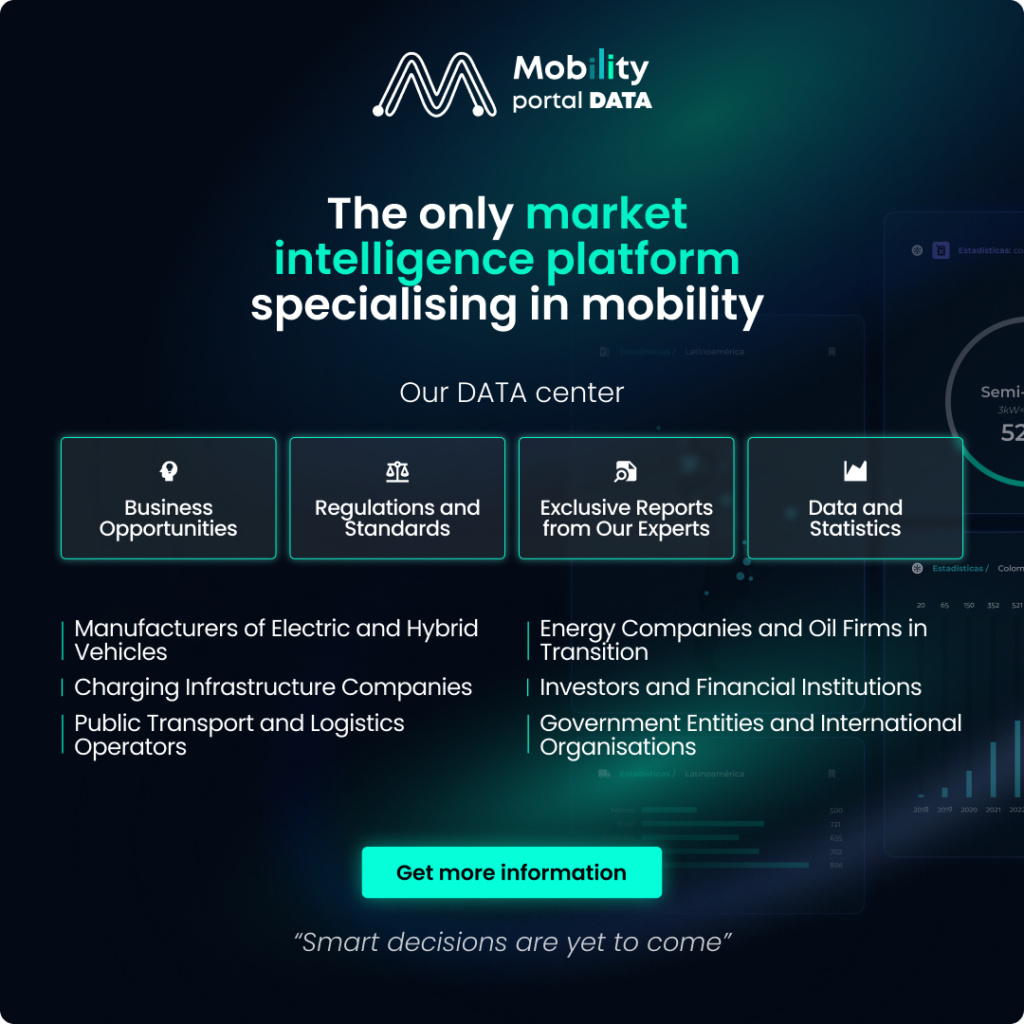According to gridX, the company behind the world’s most advanced platform for developing impactful and leading digital energy management solutions, the first to gain traction will be vehicle-to-home (V2H) charging.

“Although costly and requiring significant customisation, it will be the first to enter the vehicle-to-grid (V2G) sector,” states Hannes Schifferegger, the company’s Account Executive.
Within the framework of the International Mobility Portal Summit, organised by Mobility Portal Europe, the expert adds:
“We know that there is some time needed until the car manufacturers and the legislation is ready to offer such a service, but we see that initial tests, especially in the residential sector, are being conducted by some of our partners.”
This technology allows extracting electricity from electric vehicles (EVs) and returning it to the home to power other devices, reducing peak energy demands or taking advantage of variable grid prices.
By offering this service, car manufacturers are able to add an additional value stream to their business, car owners profit from the revenue generated through it, for example, wholesale market or ancillary services, it reduces the need for grid connection extension, and helps to stabilize the grid in the short term.
“As we know, legislation is not favouring such setups, as there is the need to pay grid fees”, the company states.
It is ideal for addressing one of the current issues facing European countries: network congestion, a challenge partly attributable to the growing power demand from EVs.
Although its feasibility has been demonstrated for some time, only now are the first cars with V2G and V2H capabilities coming to market.
Among these, Volkswagen and BMW stand out in Germany.
It is important to note that this solution involves various components, including vehicle-to-everything (V2X), vehicle-to-grid (V2G), vehicle-to-building (V2B), vehicle-to-load (V2L), and vehicle-to-home (V2H).
“It will be coming and staying in the energy sector for sure,” Schifferegger asserts.
The Account Executive ensures that their partners are considering incorporating V2G, but for fleets, it is more complex.
Therefore, having a standardised interface between, for example (e.g.), a fleet management tool and an energy management system is crucial.
Through this interface, a greater number of parameters can be obtained that are necessary for calculating the actual flexibility within the vehicle/fleet, which could be negotiated in various flexibility markets.
“Using this tool first for basic cost savings and then advancing towards V2G is the logic that we see, which could also impact the attraction of electrifying fleets,” he highlights.
In this context, gridX offers XENON, a system that connects, monitors, and controls distributed energy resources (DER), from wall boxes to batteries and inverters locally.
This product is ideal, for instance, in addition to a fleet management tool to lower the Total Cost of Ownership (TCO) of electric fleets even further.

In what way?
For companies needing a place to “refuel” during peak demand periods, where simultaneous charging processes result in high load peaks, the site infrastructure is not adequately designed to handle them.
Uncontrolled charging could lead to grid overloads and restrict operations at certain locations.
However, by using gridX’s solution, companies can monitor and control chargers in real-time and ensure that the capacity at the connection point and in all sub-distributions is not exceeded, guaranteeing smooth site operation.
“Moreover, due to the vehicle charging curve the power drawn by each EV differs over time, so a dynamic load balancing system (DLM) prevents unnecessary reductions in charging processes,” Schifferegger elaborates.
”In addition to that, gridX technology ensures customers to always obey to local legislation, like e.g. §14a of EnWG in Germany, keeping comfort and cost savings on a maximum.”
What is gridX’s experience in connecting a fleet management tool with an energy management system?
“The connection between these two is crucial, especially when discussing more specific use cases such as V2G and V2X, and to always ensure the scalability of these solutions, with the aim of lowering the TCO of electrical fleets,” he explains.
Since companies might have many sites they wish to equip, a standardised interface between a fleet management tool and an energy management system is essential.
This will facilitate a smooth exchange of the necessary information to calculate their revenue streams, determine optimal charging times, among other aspects.
According to the gridX representative, without a standard interface, adopting a product becomes even more complex than it already is.
“This is because each company has its own requirements, each country differs, and there are various regulations and route-level penalties,” states Schifferegger.
“We understand that without this connection, it is impossible to launch more complex use cases, so the model for such an interface between these tools needs to be as standardised as possible,” he concludes.
Revisit gridX’s presentation at the International Mobility Portal Summit:









One Response
Thanks for your marvelous posting! I really enjoyed reading it, you happen to be a great author.
I will remember to bookmark your blog and will
often come back down the road. I want to encourage
continue your great writing, have a nice day!
Here is my blog post :: b club